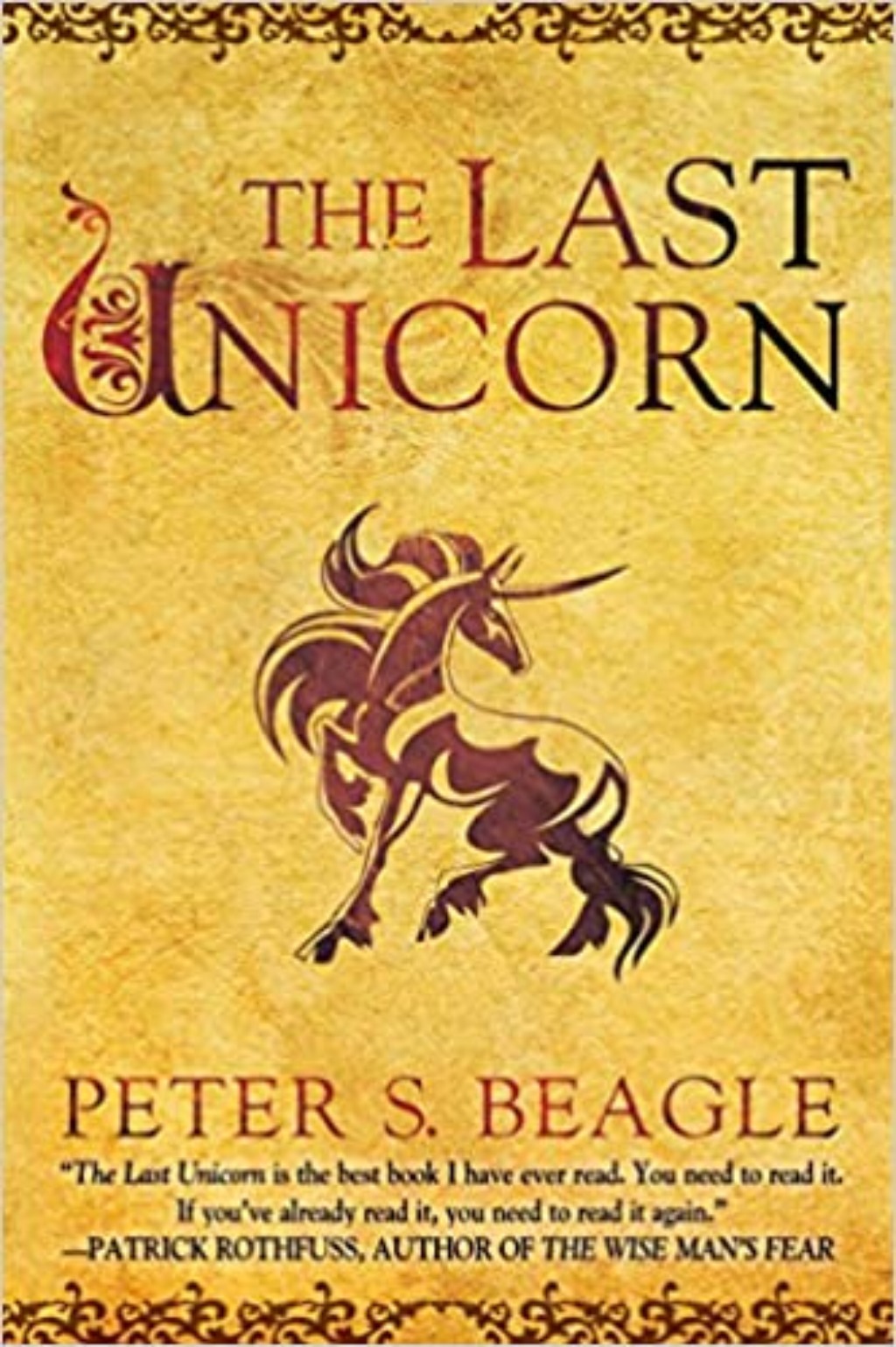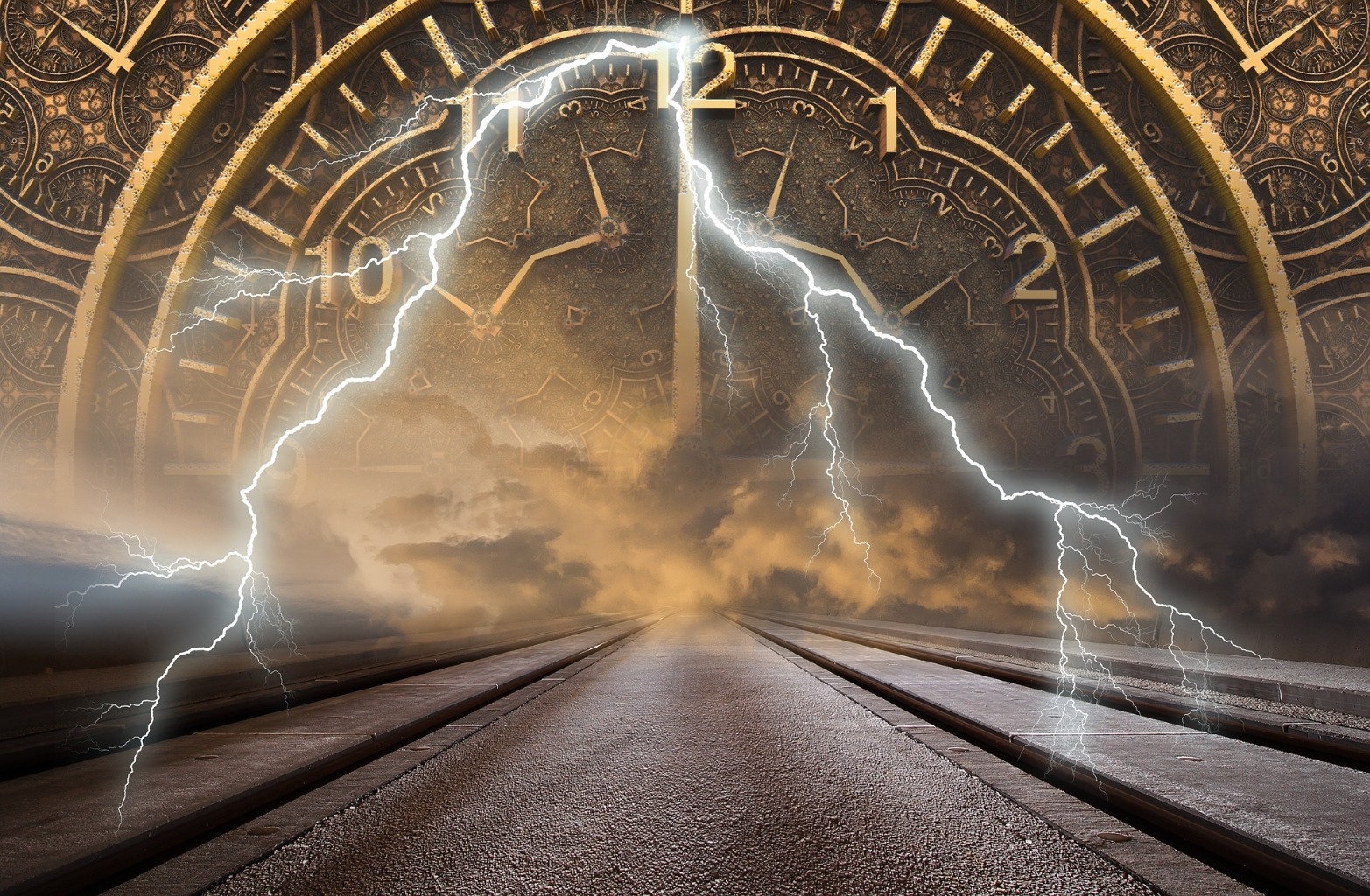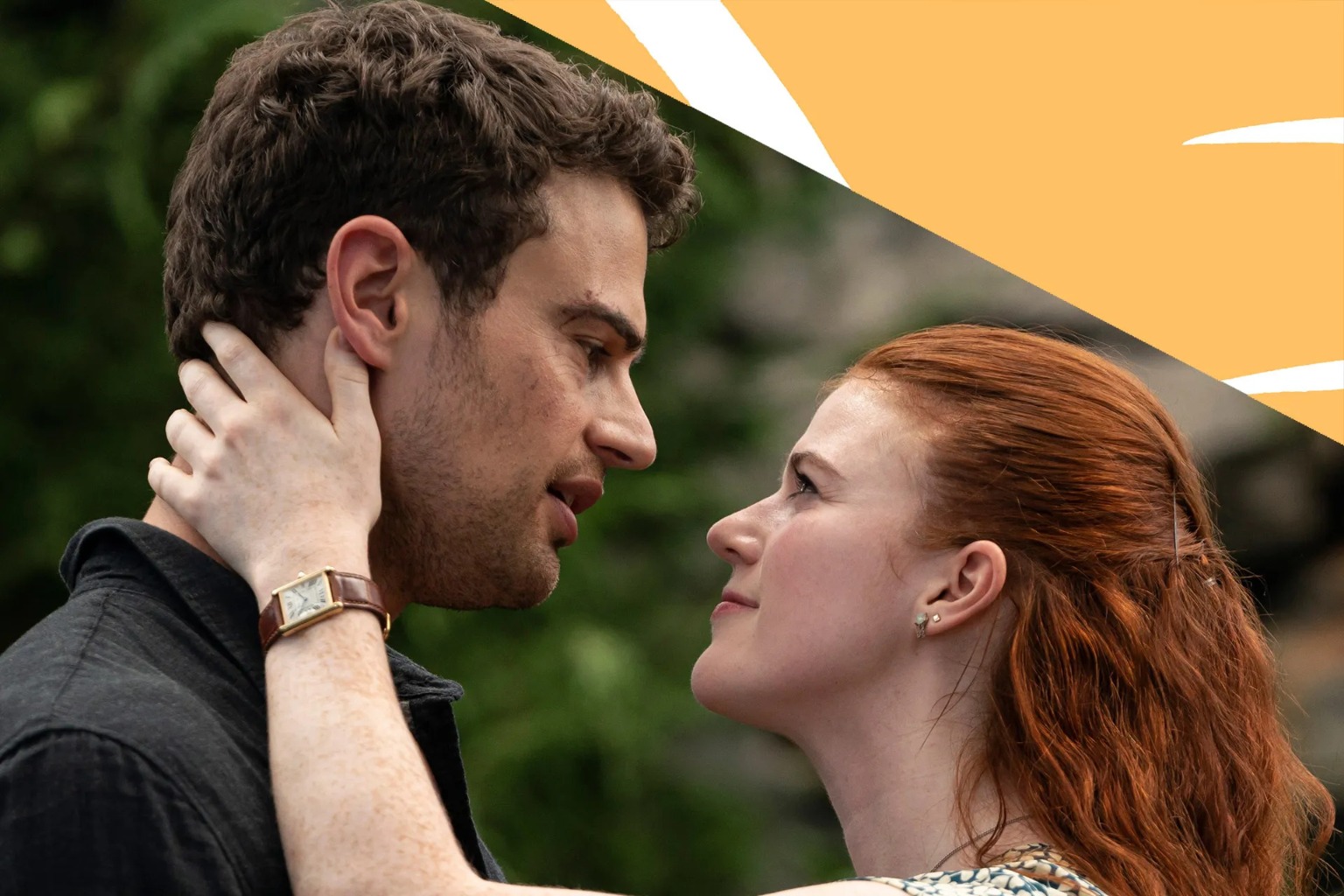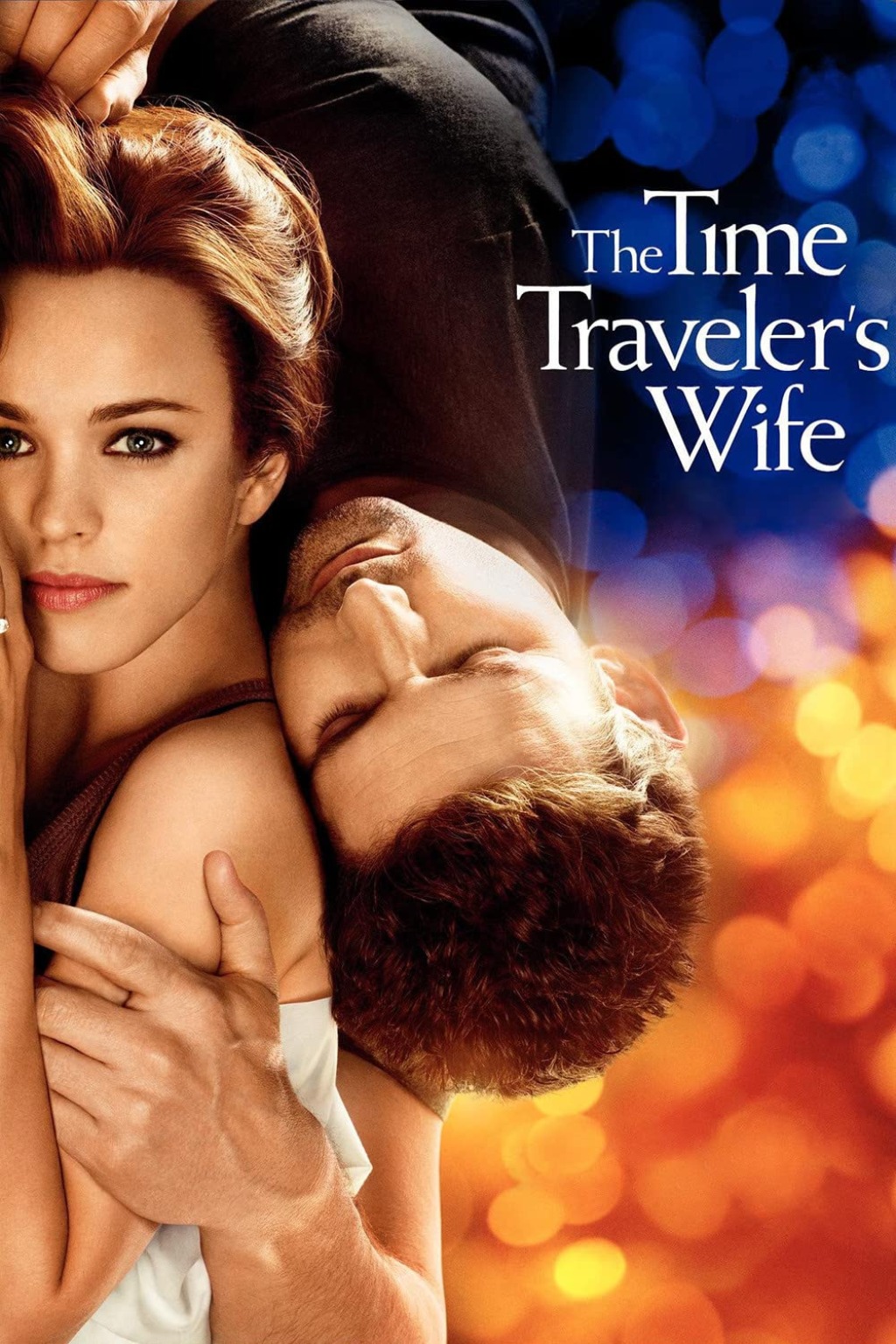
We’ve already done one storytelling deep dive—on The Last Unicorn by Peter S. Beagle. That was a blast and I thought it would be fun to dive deep into another beloved novel. I’ve already included The Time Traveler’s Wife in a list of beautiful love stories written by female authors and a piece about great books that took years to write, so the book seems well deserving of having a post all to itself.
I am always hesitant to point to any book as a favorite since I would probably have over a hundred and then the distinction wouldn’t seem all that special. But for what it’s worth, The Time Traveler’s Wife is one of my favorite books. It was published in 2003 and I read it not long after it came out, which was back in high school.
I was initially wary of a story in which a little girl meets a man in his mid-thirties and later ends up marrying a younger version of him. But I was carried away by the love story between Henry DeTamble and Clare Abshire—a man who gets regularly displaced in time, and the woman who waits for him. The story has just enough sci-fi elements to make Henry’s disorder semi-plausible (his chrono-displacement is a rare genetic disorder) and the disorder makes for a fascinating mode of storytelling, which we’ll get more into below.
Let’s discuss why another favorite author of mine, Maggie Stiefvater, pronounced that she hadn’t read a book yet with “such chemistry between the two main characters”.

The Title
As mentioned in my The Last Unicorn deep dive, a mark of a great novel is that it has an evocative title that gives the reader some sense of the book. The Last Unicorn does a splendid job of this—it tells you that this is a fantasy story involving unicorns, and gets you asking questions right away. What happened to the other unicorns? Will the last unicorn go on a quest looking for the others?
The Time Traveler’s Wife is another fantastic title. Like The Last Unicorn, this title tells you what sort of book it is right away. “Time traveler” shows that the story will be at least somewhat science fiction, while “wife” reflects the book’s romance. This title immediately makes you wonder who this woman must be—it’s not likely that she’s also a time traveler. This gives you a sense of a woman left waiting while the man she loves travels through time.
Now let’s talk about all that time travel!

Achronological Storytelling
After a brief prologue, the novel begins on October 26, 1991, when Henry is twenty-eight and Clare is twenty. Henry has never met this astonishingly beautiful young art student, but she clearly has met him. This kind of thing happens to Henry a lot—his future self will travel to the past and he’ll meet people who know him, despite the fact that for him, they’ve never met. He has no control over his time travel; it comes on like an asthma attack. Clare informs Henry that she knew him when she was a little girl. She later tells him that she has known him for fourteen years and first met him when she was six, and that the two are going to eventually get married.
Then the book skips back to June 16, 1968, the first time Henry ever time traveled. Next, we skip to September 23, 1977, when Henry is thirty-six and Clare is six. Like the film 500 Days of Summer, this novel jumps around in time to present the story. Like Henry, we too are displaced in time. Not only that, but Henry’s age often doesn’t match up with the year since he’s in the middle of time traveling.
This strange form of storytelling helps to put us in Henry’s shoes, and also often serves as an interesting way to reveal information. We get to see how Clare got to know Henry growing up before we see the bulk of their chronological relationship. Like Clare, we know a different Henry than the one she meets at the start of the novel. This helps to develop the characters in a fascinating way, which we’ll discuss in the next section.

The Characters
This is a very character-driven novel. There are plot developments at various points, but the connection between these two definitely takes center stage. The novel shows Henry and Clare from childhood through adulthood, allowing us to see pivotal scenes that will shape the people they are to become. Henry, for example, sees his mother’s hideous death as a child and revisits it over and over as he grows older. Having to witness this terrible accident (not just once but over and over) reveals a great deal about Henry’s level of openness to emotional attachment.
Despite being the title character, it would be easy for Clare to be the one-dimensional wife waiting at home for the more exciting Henry. But Clare is a fully-developed person in her own right. A huge part of her character is her art. She makes paper sculptures—she describes her work as being about birds and longing. She often shows where her character is emotionally through her art. At one point she draws a thicket of black lines around a small red bird, showing how cramped she feels creating her art in one small room without having to say it.
While Clare and Henry are inarguably the stars of the show, there are also several intriguing side characters. There’s Henry’s father and his longtime on-and-off girlfriend Ingrid before Clare, and the various members of Clare’s family as well as her friends, Charisse and Gomez.

The Metaphor
One of the most impressive things about this novel is the way Niffenegger uses time travel as a metaphor. On one hand, you can see Clare and Henry as a couple grapple with chrono-displacement. But on another, they represent so much about what it’s like to be in a long-term relationship. Two people are rarely in the same place maturity-wise at the same time, and that road toward evolution rarely goes one way. Instead, you start, stop, and often fall backward.
Henry meets Clare as an older version of himself and when she meets his younger, chronological self, he doesn’t quite measure up to the other Henry. The way Henry strives to become the man Clare met as a child reflects how partners work to be the best versions of themselves for one another. It also shows the way partners in strong relationships parent and nurture one another. Clare and Henry are a fantastical couple, but in many ways show a great deal about what it’s like to be in a typical relationship.
If you want to grow as a writer—particularly of science fiction, romance, or some fusion of the two—I highly recommend picking this book up. Like the TV shows and movies we’ve discussed previously, The Time Traveler’s Wife is a story you can study to become a better storyteller. And I can say from experience that it lends itself well to multiple rereadings.
Follow us on Facebook | Instagram | Twitter | Discord